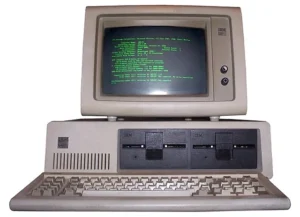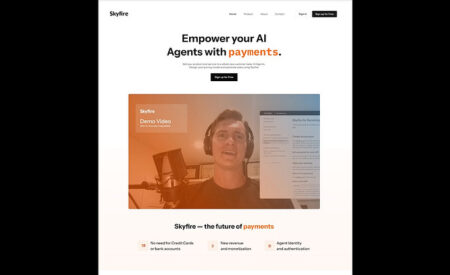Turning Model Context Protocol into a True Commercial Interface for Agents.
Model Context Protocol (MCP) has captured the imagination of the developer community. It’s elegant. It’s simple. It’s fast becoming the foundational layer for how AI agents interact with services, tools, and data on the internet.
MCP allows AI agents to call tools via a shared, standardized interface. It brings interoperability to the agent ecosystem, sort of like what HTTP did for the browser. With MCP, agents don’t need to learn the intricacies of every API—they just need to know how to make a standard call. This unlocks significant benefits:
- Interoperability: A common schema for tool calling across platforms.
- Scalability: New tools can be exposed once and called by any agent that understands MCP.
- Simplicity: Reduces custom integration work for both tool providers and AI platforms.
- Composability: Agents can compose workflows across multiple MCP services, enabling more complex and valuable automation.
And yet, despite all this technical momentum, MCP is still far from becoming a commercial interface. There’s a fundamental problem: MCP and other agent protocols lack a business layer.
If the web was built around the browser, then the next wave of digital commerce is being built around the agent. But for agents to truly act—to transact, to onboard, to discover services—MCP needs more than just standardization. It needs the infrastructure for agents to behave as real users.
Let’s break it down.

MCP Is a New Interface, but for a New User Type
We’re not just talking about better APIs. MCP represents something deeper: a shift in who is consuming services. For the first time, the primary user of the internet may not be a human with a browser, but an autonomous AI agent. And that changes everything.
To make MCP a viable commercial gateway, three critical problems must be solved:
1. Discovery: Actionable MCP Directory
In today’s ecosystem, MCP servers are popping up everywhere. Agent platform directories are filling up with links to tools, and aggregators are emerging to help structure the chaos. But this isn’t enough.
Agents need to discover verified, actionable, and compatible MCP endpoints—without human involvement.
A real discovery layer for MCP should:
- Verify the authenticity and trustworthiness of MCP servers.
- Expose metadata on required inputs, identity needs, and pricing models.
- Allow agents to filter for actionable endpoints they can immediately interact with (i.e., those that support agent-first sign-up and payment).
This isn’t just about better search. It’s about creating a machine-readable catalog of services that agents can browse and act on independently.
2. Sign-Up: Agent Account Creation
Here’s where things fall apart today.
Even the most agent-friendly MCP tools still rely on human-centric onboarding. A human is expected to some of the following:
- Go to the service’s website
- Solve a CAPTCHA
- Fill out a form
- Verify an email address
- Generate an API key
- Then manually inject that key into the agent’s runtime
This is the antithesis of what MCP promises: programmatic access to the web.
If agents are going to act autonomously, they must be able to sign up for services the same way they make API calls, via a token, verifiable identity, and machine-readable credentials.
This is an identity problem. Agents need a standard way to present identity credentials at sign-up, receive scoped access, and immediately start calling tools using existing auth, no humans required.
Until that exists, the agent economy will remain bottlenecked by human gatekeepers.
3. Payment: The Missing Link to Make MCP Commercial
Even if agents can discover and sign up for tools, we’re still missing the final piece: payment.
Without a native way for agents to pay, especially for per-use tools, MCP can’t support true commerce. And for many tool providers, monetization is the reason to exist in the first place.
But this isn’t as simple as injecting credit cards into web forms. Agents are global, autonomous, and ephemeral. We need payment infrastructure that is:
- Instant: Transactions must be settled on the fly, without delay.
- Cross-border: Agents might be running from anywhere in the world.
- Granular: Payment capabilities ranging from $.0001 to $10,000
- Programmable: Payment logic must be machine-readable and enforceable.
This is a gap that traditional financial rails struggle to fill, especially since payments are also an identity problem. What’s needed is a new, open agent-native payment approach—one that supports tokenized payments, and identity-linked credentials across any pricing scheme.
Where This Is Going
If the gaps of Discovery, Sign-Up, and Payment can be solved, MCP has a shot at replacing the website as the default surface of internet commerce.
Imagine a future where:
- Agents search for tools across the open agent web.
- Sign up and authenticate on the fly.
- Pay instantly for usage, without always requiring a human-in-the-loop.
This is the business case for MCP. Not just as a protocol, but as the foundation of a new commercial layer for the AI economy.
The web was built for people. The next layer will be built for agents. MCP is the first step—but we need to finish the job.



